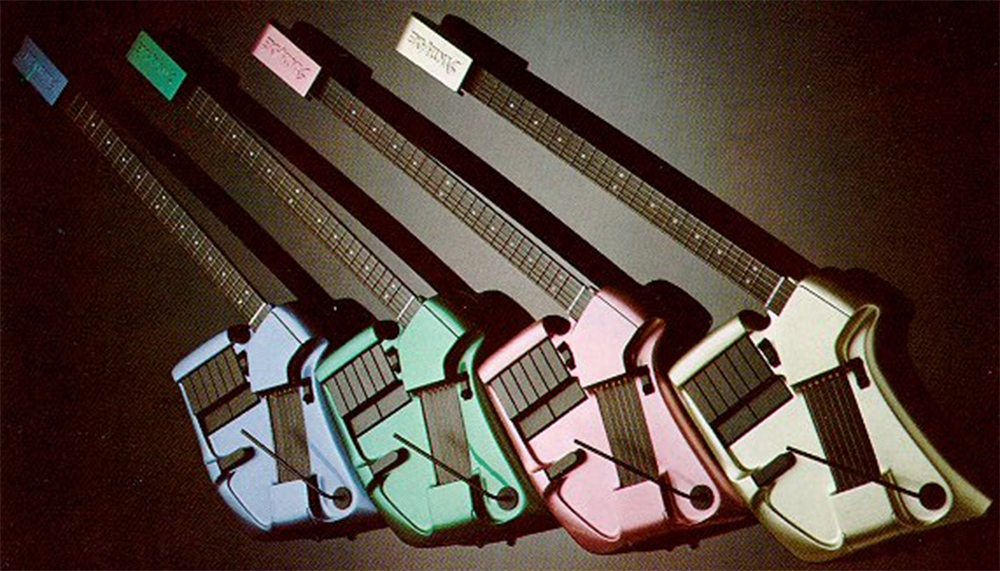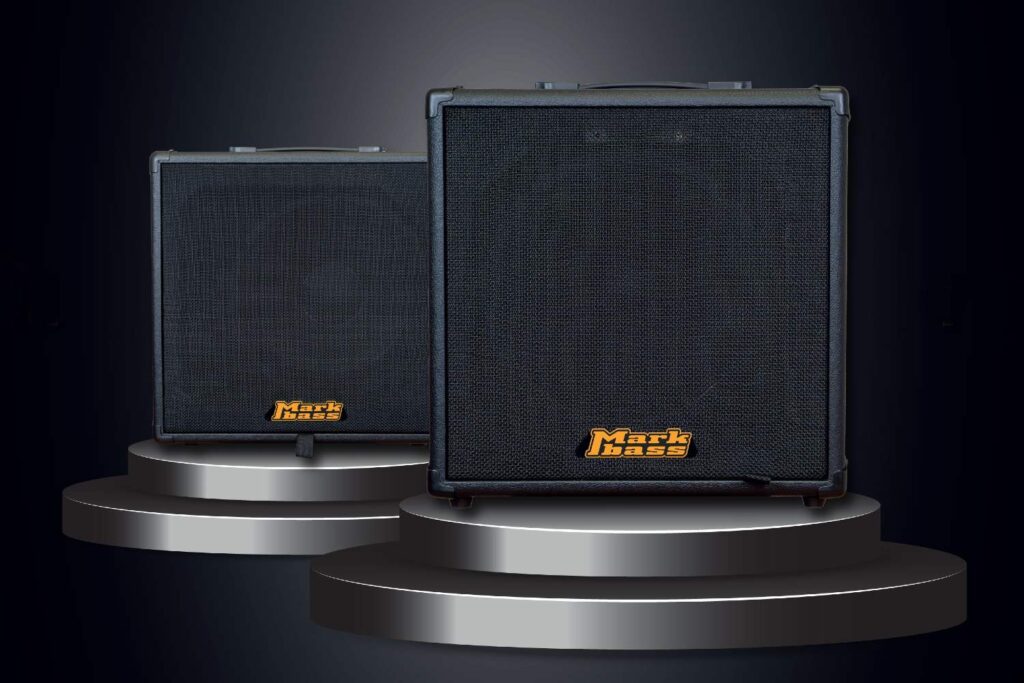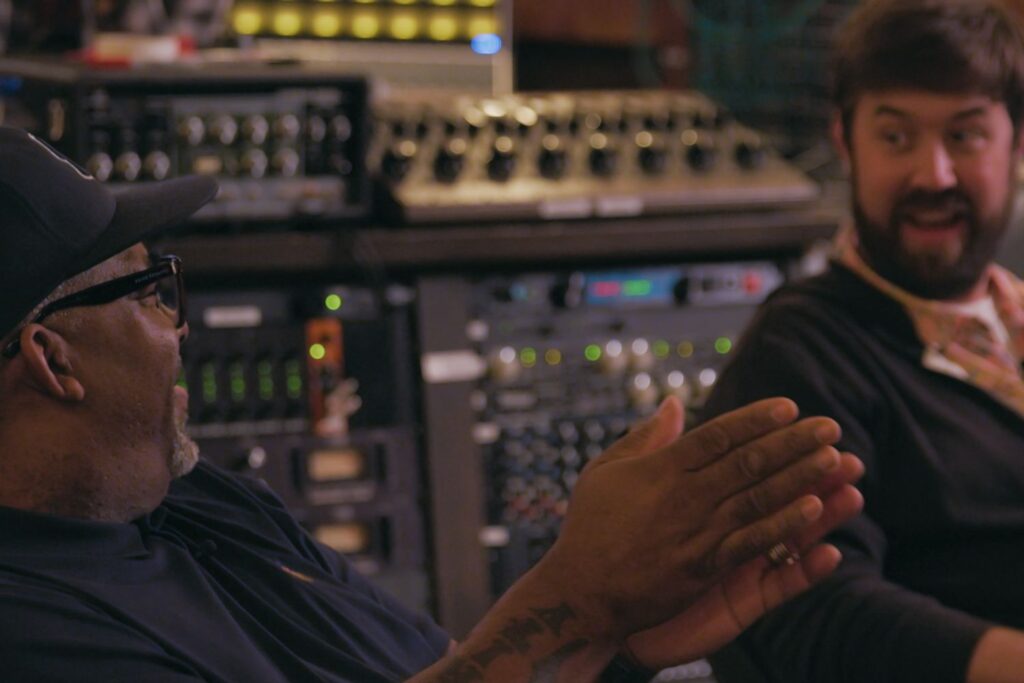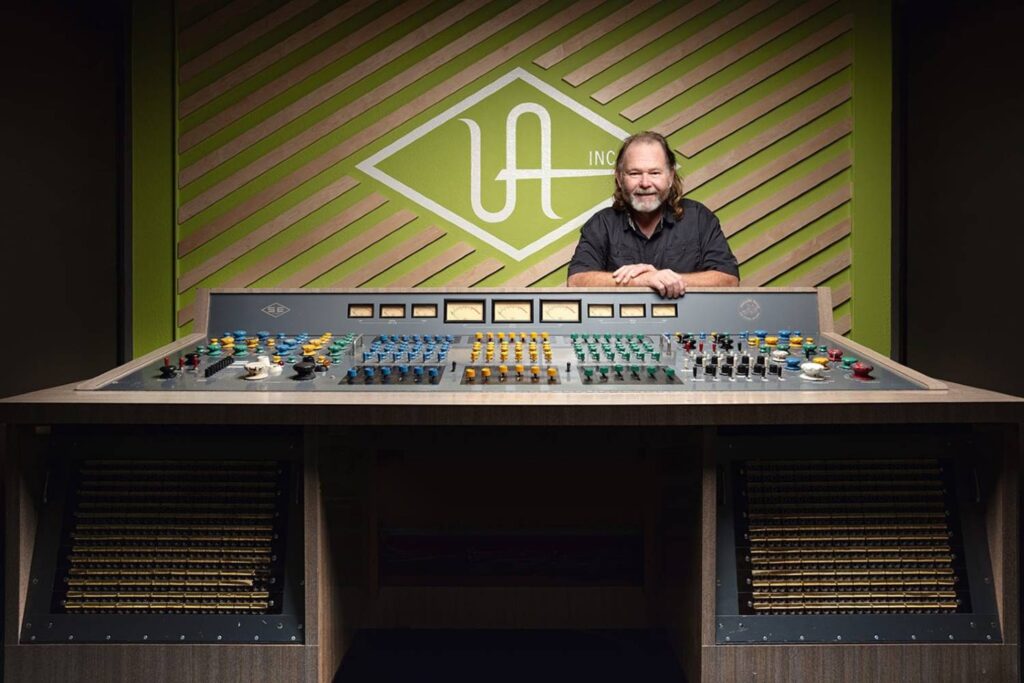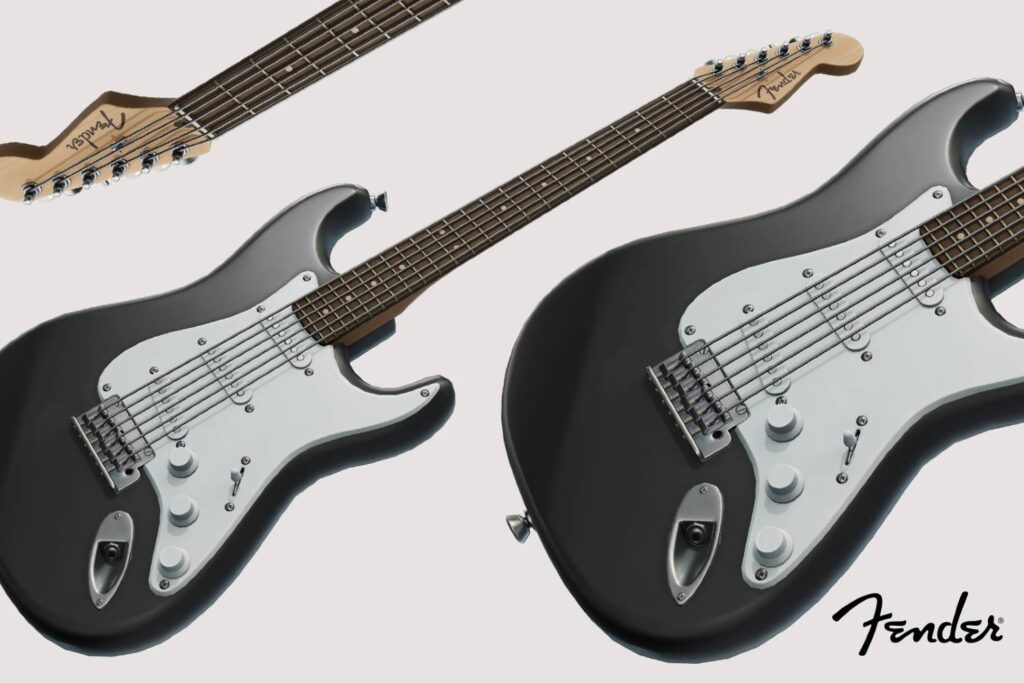Created by Bill Aitken, Mike Dixon and Tony Sedivy in England, The SynthAxe was designed for similar purposes to the Keytar, however it didn’t quite execute the overall design as well. It consists of a guitar like MIDI controller with the addition of right hand keys, a control console and a pedalboard, which also houses the power supply. The real design headache was the portability of the SynthAxe. Complete with stand, it takes four flight cases, with the optional step-on pedals adding yet another case. Essentially drummers would be the only musicians who wouldn’t care about the pack up.

So how does it work? Well it isn’t quite a MIDI guitar – the SynthAxe strings are sensors. The fretboard uses a clever diagonal cut to separate each fret into six zones. The string/fret matrix is scanned by a microprocessor and combined with information from string bend sensors to determine the pitch of the note. The string bend sensors work by passing a current through each string and measuring the change of electromagnetic field using tiny, (and very delicate) coils.
An electronic tremolo bar can be used for standard whammy bar effects, or can be redefined to produce different MIDI output. When originally produced, the SynthAxe was priced at roughly £10,000; meaning most of us could never afford one.
The SynthAxe ceased production shortly after its invention purely due to the fact that production costs outweighed sales.
